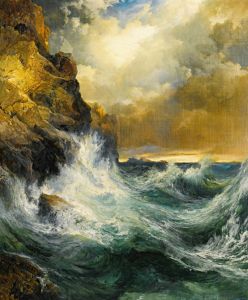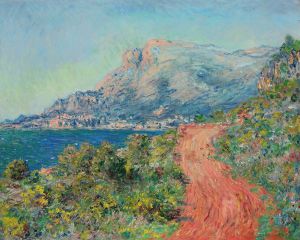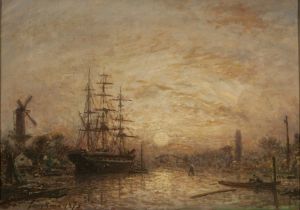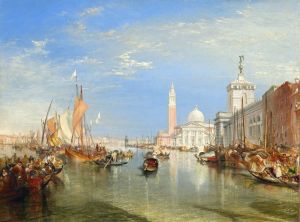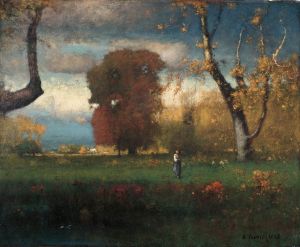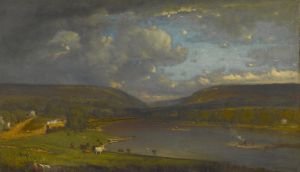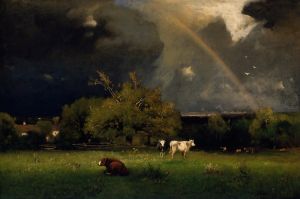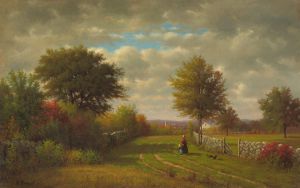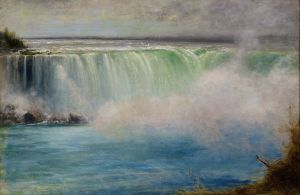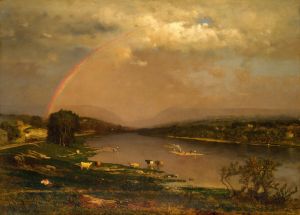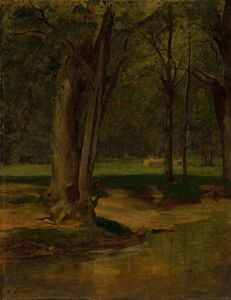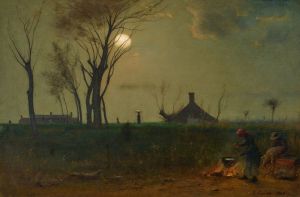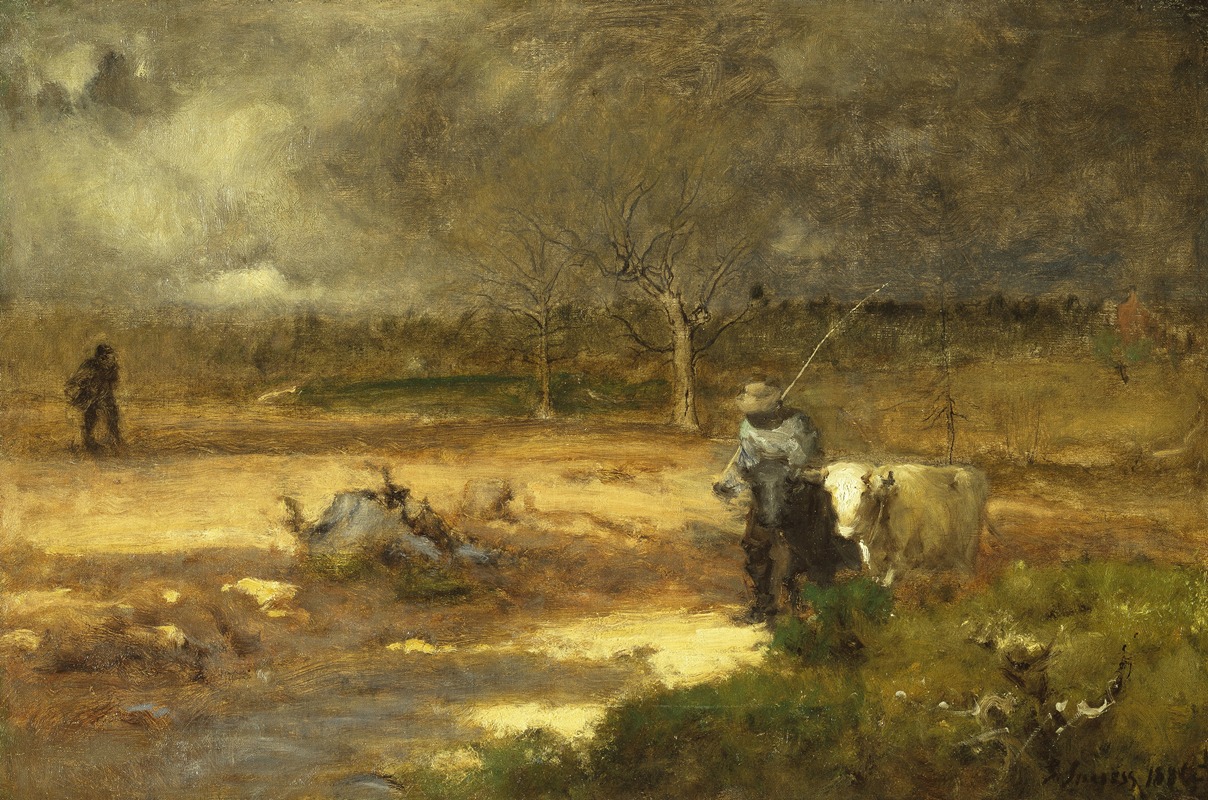
Homeward
A hand-painted replica of George Inness’s masterpiece Homeward, meticulously crafted by professional artists to capture the true essence of the original. Each piece is created with museum-quality canvas and rare mineral pigments, carefully painted by experienced artists with delicate brushstrokes and rich, layered colors to perfectly recreate the texture of the original artwork. Unlike machine-printed reproductions, this hand-painted version brings the painting to life, infused with the artist’s emotions and skill in every stroke. Whether for personal collection or home decoration, it instantly elevates the artistic atmosphere of any space.
George Inness's painting "Homeward" is a notable work by the American landscape painter, who is often associated with the Hudson River School and later the Tonalist movement. Inness, born in 1825, was a prominent figure in 19th-century American art, known for his evocative landscapes that often conveyed a sense of spirituality and emotion.
"Homeward," created in 1855, is an exemplary piece that showcases Inness's transition from the detailed, realistic style of the Hudson River School to a more expressive and atmospheric approach. This painting reflects his interest in capturing not just the physical appearance of a landscape but also its mood and essence. Inness was influenced by the works of European artists, particularly the Barbizon School, which emphasized mood and the effects of light and atmosphere.
The painting depicts a serene rural scene, likely inspired by the American countryside, which Inness frequently explored in his work. The composition features a path leading into the distance, bordered by trees and open fields. The title "Homeward" suggests a narrative of return or journey, a theme that resonates with the viewer's sense of nostalgia and belonging. This theme is further emphasized by the warm, golden light that bathes the landscape, suggesting the time of day is either morning or late afternoon, times often associated with beginnings and endings.
Inness's use of color and light in "Homeward" is particularly noteworthy. He employs a palette of soft, muted tones that create a harmonious and tranquil atmosphere. The brushwork is loose and expressive, a departure from the meticulous detail of his earlier works. This technique allows Inness to convey the transient effects of light and weather, capturing the ephemeral beauty of nature.
Throughout his career, Inness was deeply influenced by his spiritual beliefs, particularly the teachings of Emanuel Swedenborg, a Swedish theologian and philosopher. Inness believed that art should transcend the mere representation of nature and instead evoke a deeper spiritual reality. "Homeward" can be seen as an embodiment of this philosophy, as it invites viewers to reflect on their own journeys and the spiritual connections to the natural world.
Inness's work, including "Homeward," played a significant role in the development of American landscape painting. His shift towards a more expressive and atmospheric style influenced subsequent generations of artists and contributed to the emergence of the Tonalist movement in the late 19th and early 20th centuries. This movement focused on mood and tonal harmony, often featuring subdued colors and misty, dreamlike scenes.
Today, George Inness is celebrated as one of America's foremost landscape painters, and "Homeward" remains an important example of his artistic evolution. The painting is held in various collections and continues to be appreciated for its emotional depth and innovative approach to landscape art. Through works like "Homeward," Inness has left a lasting legacy, inspiring viewers to see beyond the surface of the natural world and explore the deeper connections between art, nature, and spirituality.







